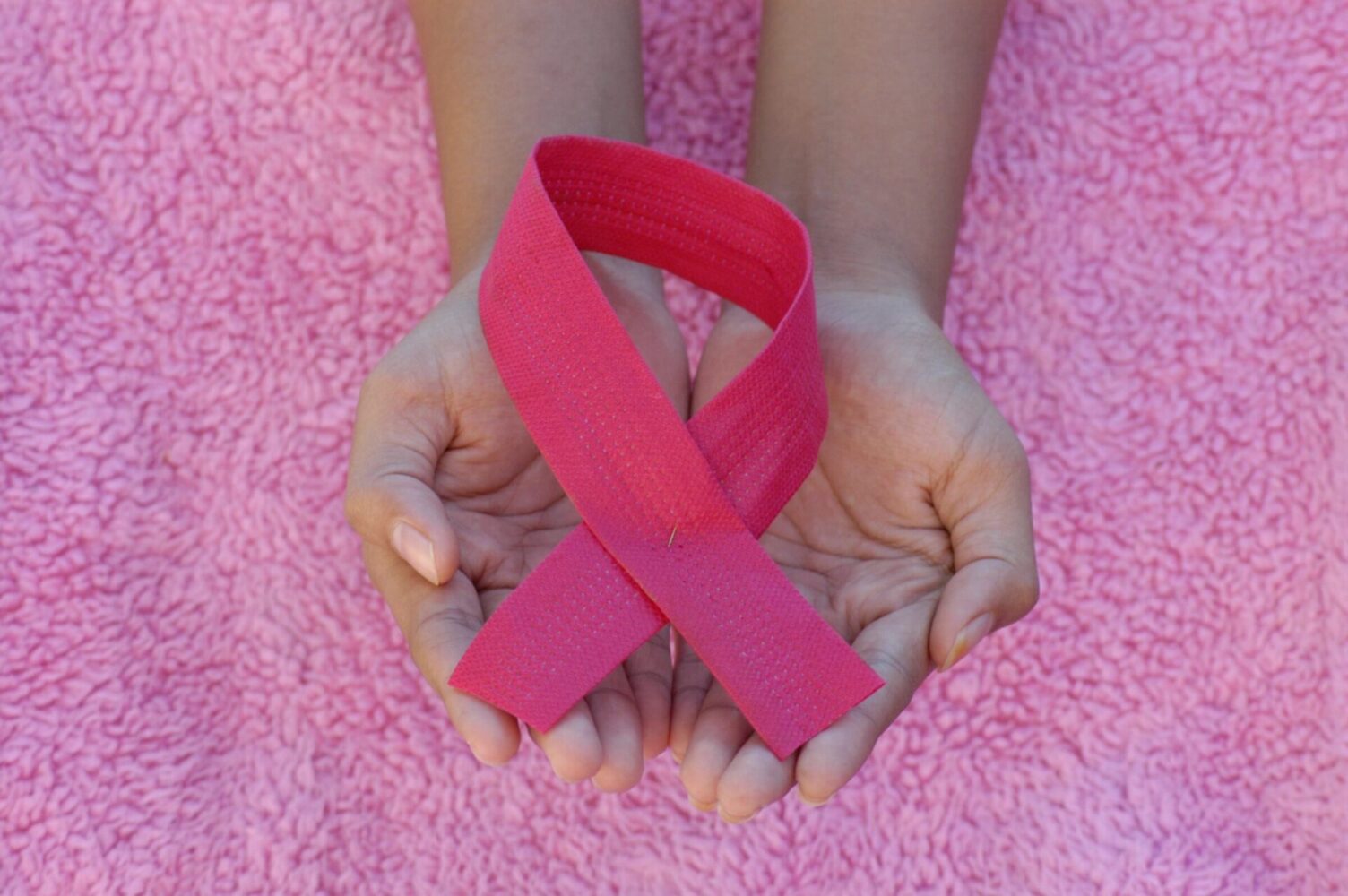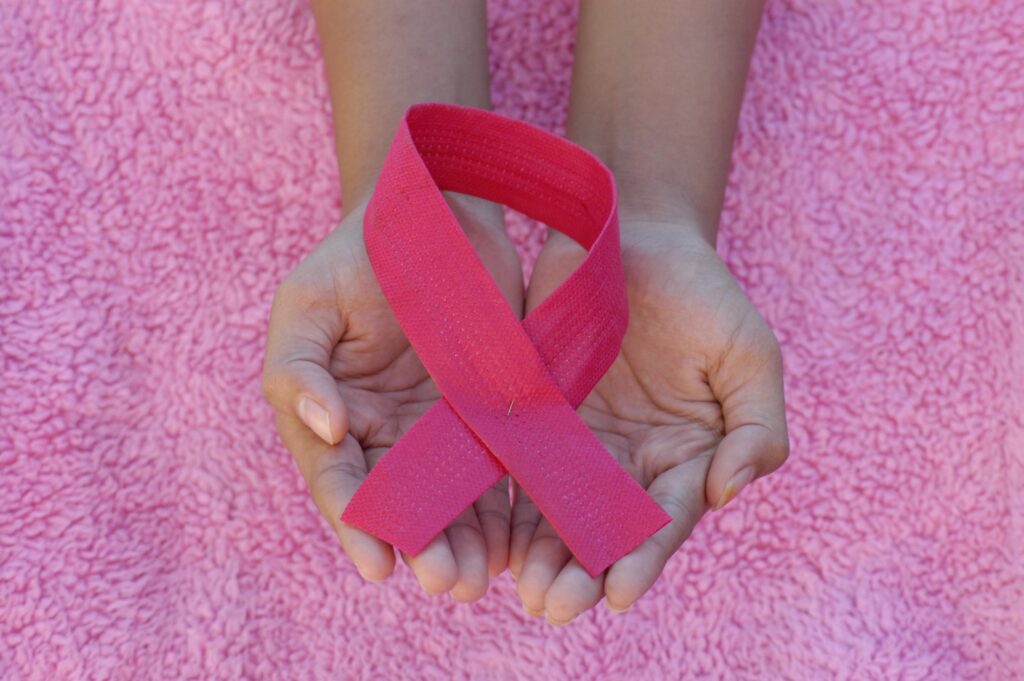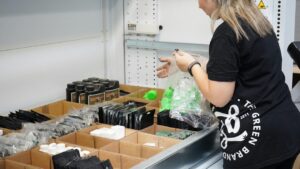 Many of us at AMS have experience with breast cancer, either having survived it ourselves or we have a family member, friend or co-worker who is engaged in treatment or is a breast cancer survivor. Also, some of us have lost loved ones to this disease and we take the conversation seriously when Breast Cancer Awareness Month comes along.
Many of us at AMS have experience with breast cancer, either having survived it ourselves or we have a family member, friend or co-worker who is engaged in treatment or is a breast cancer survivor. Also, some of us have lost loved ones to this disease and we take the conversation seriously when Breast Cancer Awareness Month comes along.
What would AMS like to convey with this blog? If you have not done so in a while, please schedule your screening. Regular screening is vital, starting at age 40 or earlier if it’s appropriate for your personal breast cancer risk.
More than 700 women in the US are diagnosed with breast cancer every day. This means that one in eight women in the US is diagnosed every year and 2.3 million women worldwide. About 30% of early-stage breast cancers eventually metastasize and spread to parts of the body away from the breast so early diagnosis is absolutely vital.
Men are affected by breast cancer as well. According to breastcancer.org, about 2,710 men in the US are expected to be diagnosed with breast cancer, and about 530 are expected to die from the disease. October 17 to October 23 will be Men’s Breast Cancer Awareness Week.
During this month there will be breast cancer walks and other events to raise awareness and encourage screening. But regular screening is just one of the ways of dealing with breast cancer. We would like to mention what the CDC says are actions one can take to reduce the risk of getting breast cancer. [Read the entire article HERE].
How to Reduce the Risk
“Many factors over the course of a lifetime can influence your breast cancer risk. You can’t change some factors, such as getting older or your family history, but you can help lower your risk of breast cancer by taking care of your health in the following ways—
*Keep a healthy weight.
*Be physically active.
*Choose not to drink alcohol, or drink alcohol in moderation.
*If you are taking, or have been told to take, hormone replacement therapy or oral contraceptives (birth control pills), ask your doctor about the risks and find out if it is right for you.
*Breastfeed your children, if possible.
*If you have a family history of breast cancer or inherited changes in your BRCA1 and BRCA2 genes, talk to your doctor about other ways to lower your risk.
Staying healthy throughout your life will lower your risk of developing cancer, and improve your chances of surviving cancer if it occurs.”
How to do a Self Exam
Most changes in the breast will be detected during a self-exam. Detailed instructions and illustrations can be found at this link [HERE]. We will offer brief overview below.
*Standing in front of a mirror, shoulders straight, arms on hips look to see if there are any changes in size, shape, color. If you see dimpling, puckering, or bulging you will bring this to your doctor’s attention. If there is redness or a rash, or swelling, this too is a signal to see the doctor.
*Raise your arms and look for the same changes.
*Check for any watery, milky, or yellow fluid.
*Lie down and check for lumps or abnormalities. We recommend going to the linked page above for illustrations on how to do this.
*Finally, stand and do the same process of checking for lumps or abnormalities.
What to do if you find a lump? Don’t panic. There are numerous causes of non-cancerous breast lumps including normal hormonal changes, a benign breast condition, or an injury. But don’t hesitate to call your doctor if you’ve noticed a lump or other breast change that is new and worrisome.
For women under 30, pregnant or breastfeeding, an ultrasound test is the first imaging test used to evaluate a lump. For women over 30 both an ultrasound and a mammogram are recommended to evaluate a lump. If there is need for further testing, the additional imaging would be an MRI or MBI (molecular breast imaging). Your doctor may also recommend a biopsy.
Take Part in the Pink Ribbon Events
During this month there may be a number of campaigns and programs in your area, conducted by groups ranging from breast cancer advocacy organizations to local community organizations to major retailers. The goal of these events is to support people diagnosed with breast cancer, including metastatic breast cancer, and to do fundraising for research. The Susan G Koman events are listed HERE.
The secondary goal of Breast Cancer Awareness Month is to do what AMS is doing – educate employees and friends about breast cancer risk factors and offer a reminder to go ahead and do the screening. We care about the health and wellbeing of our employees and their families as AMS is a family too.




